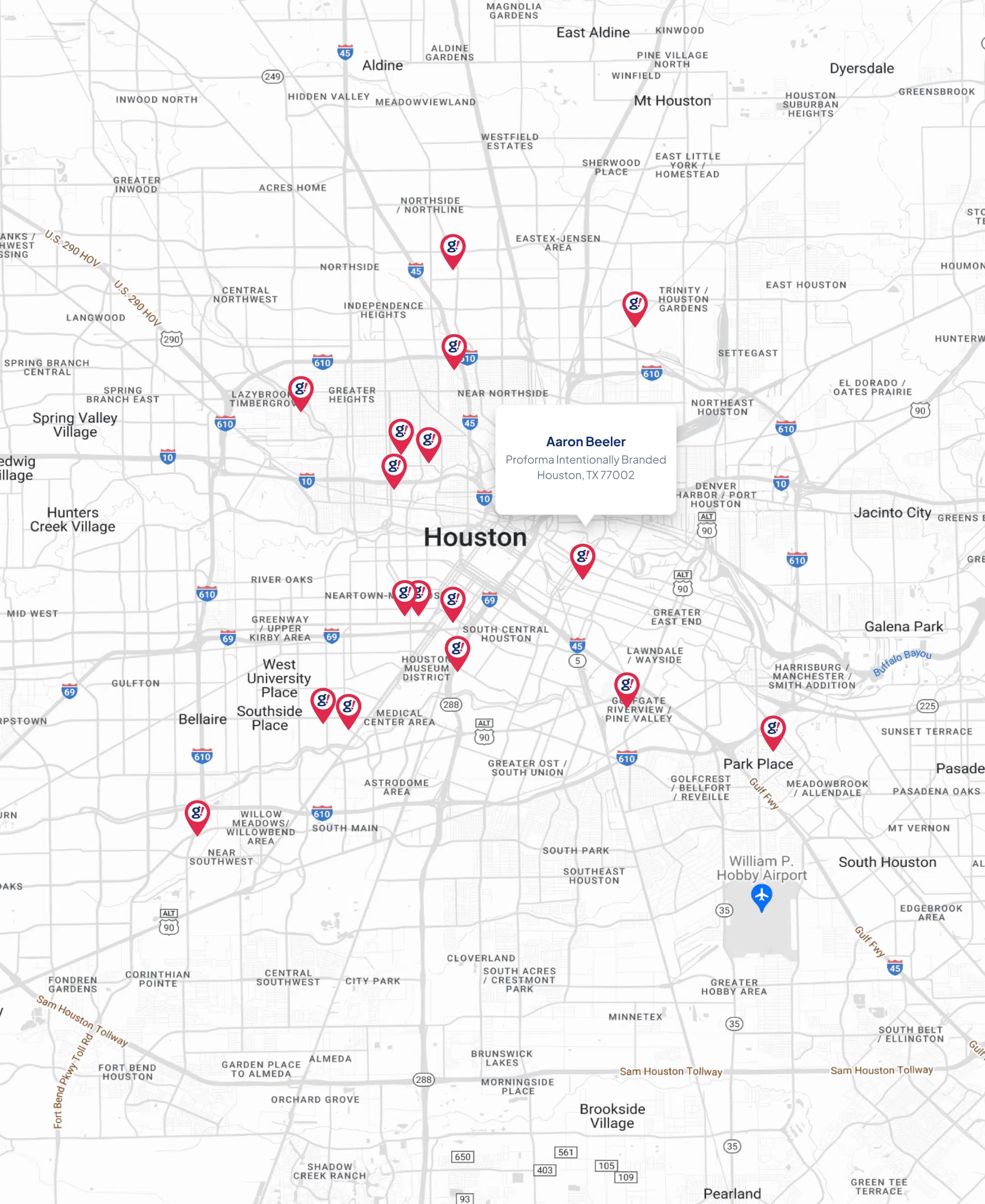Real-time marketing – How to do it right
- Updated on: 2017-06-29
- Read original article here

Real-time marketing (RTM), the strategy and practice of reacting with immediacy in digital channels to external events and triggers, has been steadily growing in use and popularity.
An expanding array of tools and digital channels (e.g., social media and listening capabilities) has made real-time accessible, in theory at least, to virtually every marketer.
As digital channels increasingly function in real-time, all marketing organizations must consider to what degree they, too, will adapt, so here are 12 steps to help you get ready for real-time marketing;
Successful RTM requires enormous strategic and tactical preparation. Planning falls into two areas, the overall strategy and approach to RTM and the organization and resources required to execute. The following outlines the top 12 steps businesses should take to maximize success and scale.
This first phase of preparing lays an essential foundation of customer understanding, goals, and content strategy.
Success is contingent on understanding audience: who they are, where they go, what they care about, how they perceive the brand, etc. While traditional research methods are instructive toward this end, the real-time nature of RTM requires real-time information gathering.
Listening tools help monitor an audience’s pulse, sentiments, behaviors, and buzz as it happens and evolves. Are customers complaining about not getting a response? What do competitors do? What’s happening in adjacent industries?
Define the goals RTM serves, both at a program and business level. Aligning RTM with existing goals is important as it helps contextualize and justify the program to executive decision makers and increases the likelihood for executive sponsorship as the program evolves.
Aligning real-time marketing with content strategy is foundational to creating guidelines around what, how, and when to respond, publish, and listen.
Integrating real-time into a greater content marketing strategy also provides a reference point for rapid decision-making around brand relevance, messaging, and strategy.
The where of RTM matters. Channel strategy is dependent on many factors, including in what channels the target audience is to be found; channel(s) in which relevant conversations occur; and the ability to quickly make content assets appropriate to the channel in question.
Channel selection is always dependent on a variety of factors, including content strategy, audience targeting, and rapidly shifting media habits.
Not all organizations can operate 24/7 or to respond with immediacy to customer queries. Dell aligns customer support around near-real-time in their policy to respond to 100% of inbound customer interactions within a 2-hour time period, through the channel in which it was received.
Perhaps the biggest obstacle to the adoption of RTM is the perceived barrier of approval processes: internal, legal, client, etc. Work with these stakeholders in advance.
RTM increases the risk of backlash and social media crises. While preparedness and governance mitigate these risks, companies must actively and proactively be ready for anything.
In societal events, brands can generally choose if, or to what degree, they want to chime into the conversation. But when negative brand events unfold in real time, there’s an imperative to respond and message in real time.
Once a strategy is in place, it’s time to turn to the execution side of RTM, enabling it to happen in a seamless, scalable way.
Successful RTM requires constituents be available, informed, educated and empowered.
Assemble the proper teams (i.e., social, creative, copywriting, legal, PR, etc.) and tools (i.e., listening, analytics, design, digital assets, publishing tools, etc.) to ensure streamlined execution.
Establishing how to triage based on scenarios is one of the single most effective ways to streamline RTM execution. It reduces the need to be fully reactive by connecting certain cues or events that will trigger repeatable workflows.
Key employees must be and feel trusted and empowered to act on their judgment. This is only achieved through thorough education and training that includes both strategic and tactical elements.
RTM measurement instructs the effectiveness of current efforts, as well as pinpoints areas to explore more deeply. Listening should inform planning, targeting and action. Analytics capabilities monitor performance and optimization.
Define RTM Key Performance Indicators (KPIs) by aligning them with overarching content strategy indicators. Real-time analytics capabilities are also important to capitalize on every effort.
“Will it scale?” is a very real question in real time, particularly regarding staffing and customer channels.
For large brands that have traffic and interactions numbering in the thousands per day, real time carries a host of risks that must be addressed when thinking about response at scale. Enterprises must frequently evaluate the scale of their RTM initiatives: headcount, talent, tools, roles, etc.
Real-time marketing is a present reality, not a distant future. The speed and immediacy of news cycles and social media, not to mention the very public media sphere in which brand and product events operate, make it imperative that enterprises strategically adopt real-time marketing in a fashion that will both benefit the business now and scale to address future requirements.
This article has been written exclusively for ByteStart by Rebecca Lieb, the author of Content: The Atomic Particle of Marketing – The definitive guide to content marketing strategy. It is out now, published by Kogan Page, priced £19.99



